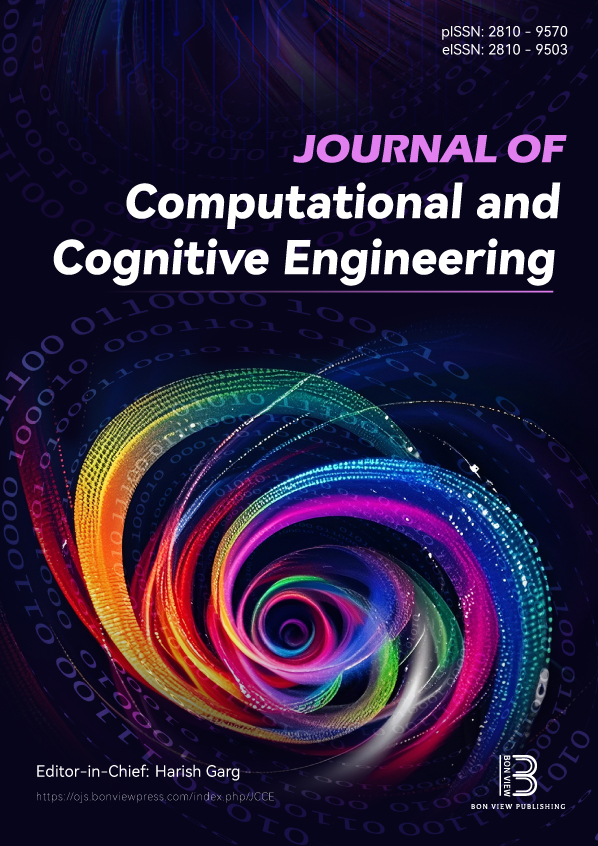Comparative Analysis of ML-Based Intrusion Detection System for Cyber-Physical UAV System
DOI:
https://doi.org/10.47852/bonviewJCCE52025886Keywords:
UAV safety, anomaly detection, IDS, cyber-physical systems, cybersecurity threats, feature engineeringAbstract
Unmanned Aerial Vehicles (UAV) represent a new generation of intelligent solutions that improve productivity and safety in agriculture, security, and healthcare services. However, they are more prone to cyber-attacks such as data manipulation, spoofing, vague attacks, and false data injection due to increasing integration of Cyber-Physical Systems. This research proposes an anomaly-based intrusion detection system (IDS) for UAVs with real-time cognition of cyberspace and physical presence using Machine Learning (ML) algorithms to achieve strong performance metrics. The feature set includes both cyber-object characteristics (such as network traffic and IP addresses) and physical-object characteristics (such as sensor data), collected under both normal and adversarial conditions. This data is used to train and evaluate the proposed approach. Prior to training, exploratory data analysis, normalization, and data balancing using the Synthetic Minority Oversampling Technique (SMOTE) were performed to maximize the efficiency of the feature space. A well-known cyber-physical dataset, T_ITS, was used in this process. The results show that high-quality preprocessing significantly improves key performance metrics such as accuracy, precision, recall, and F1-score. Among the classifiers, Extreme Gradient Boosting (XGBoost) and Light Gradient Boosting Machine (LightGBM) were identified as the top performers achieving an accuracy of 99.18%. These results emphasize the importance of robust IDS frameworks in securing UAV operations against rising threat of cyber-attacks.
Received: 9 April 2025 | Revised: 30 July 2025 | Accepted: 10 August 2025
Conflicts of Interest
The authors declare that they have no conflicts of interest to this work.
Data Availability Statement
The data that support the findings of this study are openly available at https://doi.org/10.1109/TITS.2023.3339728, reference number [1]. The data that support the findings of this study are openly available at https://dx.doi.org/10.21227/6f22-py65, reference number [43].
Author Contribution Statement
Hafiz Muhammad Attaullah: Conceptualization, Methodology, Software, Resources, Data curation, Writing – original draft, Writing – review & editing. Muhammad Harris: Conceptualization, Methodology, Software, Resources, Data curation, Writing – original draft, Writing – review & editing, Visualization. Inam Ullah Khan: Methodology, Resources, Data curation, Writing – review & editing, Visualization. Muhammad Mansoor Alam: Validation, Formal analysis, Investigation, Resources, Data curation, Writing – review & editing, Project administration. Mazliham Mohd Su'ud: Validation, Formal analysis, Investigation, Resources, Data curation, Writing – review & editing, Supervision, Project administration.
Metrics
Downloads
Published
Issue
Section
License
Copyright (c) 2025 Authors

This work is licensed under a Creative Commons Attribution 4.0 International License.






